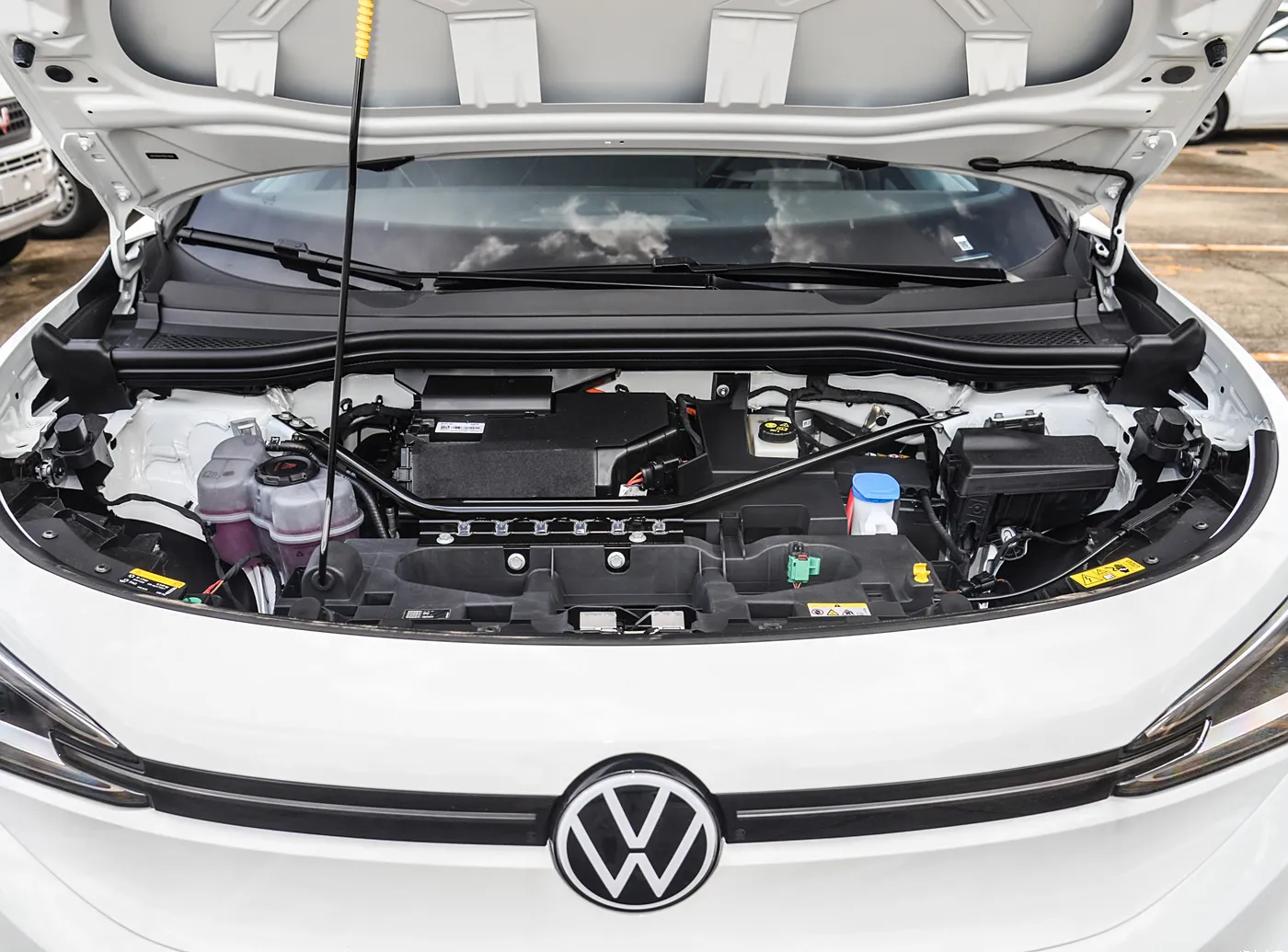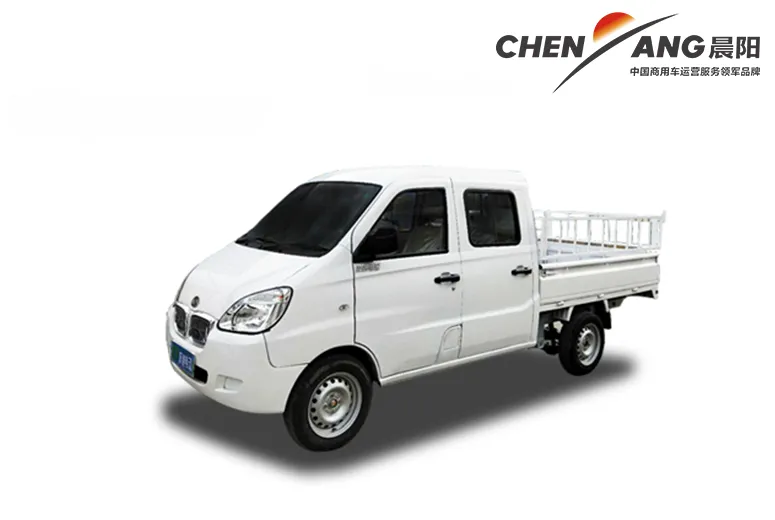Jan . 29, 2025 04:01
Back to list
light duty vs heavy duty truck
Choosing between a light-duty truck and a heavy-duty truck is a decision that involves multiple factors tailored to specific needs and scenarios. Each type of vehicle serves distinct purposes, and understanding their differences is crucial for making an informed purchase.
Cost Implications The financial aspects, from initial purchase to operational costs, vary significantly between the two categories. Light-duty trucks typically require less financial outlay initially and lower expenditure on fuel and maintenance. This makes them an attractive choice for budget-conscious individuals or small businesses. Heavy-duty trucks, while more expensive upfront, offer advantages in their capabilities. The ability to perform tasks that a light-duty truck cannot often justifies the additional cost. Businesses that rely on the strength of their fleet can see substantial returns on investment through increased operational capacity and efficiency. Environmental Impact With growing attention to environmental considerations, it's important to note the differences in emissions and fuel consumption. Light-duty trucks tend to have a lesser impact due to their reduced fuel consumption, aligning with greener practices and compliance standards. Heavy-duty trucks, while more consumptive, have seen improvements in technology meant to reduce their carbon footprint. Innovations such as cleaner diesel engines and selective catalytic reduction systems help mitigate some of the environmental concerns associated with heavy-duty operations. Final Thoughts Ultimately, the choice between a light-duty and heavy-duty truck should be based on specific needs, plans for usage, and budgetary constraints. While light-duty trucks are suitable for general transportation and light hauling, heavy-duty trucks are indispensable for those who need to tackle more demanding projects. Consultation with industry experts, comprehensive reviews, and test drives can further aid in making a sound decision that aligns with both immediate and long-term objectives. Ensure the choice reflects not just current needs but future growth and application to maximize the benefits derived from the vehicle.


Cost Implications The financial aspects, from initial purchase to operational costs, vary significantly between the two categories. Light-duty trucks typically require less financial outlay initially and lower expenditure on fuel and maintenance. This makes them an attractive choice for budget-conscious individuals or small businesses. Heavy-duty trucks, while more expensive upfront, offer advantages in their capabilities. The ability to perform tasks that a light-duty truck cannot often justifies the additional cost. Businesses that rely on the strength of their fleet can see substantial returns on investment through increased operational capacity and efficiency. Environmental Impact With growing attention to environmental considerations, it's important to note the differences in emissions and fuel consumption. Light-duty trucks tend to have a lesser impact due to their reduced fuel consumption, aligning with greener practices and compliance standards. Heavy-duty trucks, while more consumptive, have seen improvements in technology meant to reduce their carbon footprint. Innovations such as cleaner diesel engines and selective catalytic reduction systems help mitigate some of the environmental concerns associated with heavy-duty operations. Final Thoughts Ultimately, the choice between a light-duty and heavy-duty truck should be based on specific needs, plans for usage, and budgetary constraints. While light-duty trucks are suitable for general transportation and light hauling, heavy-duty trucks are indispensable for those who need to tackle more demanding projects. Consultation with industry experts, comprehensive reviews, and test drives can further aid in making a sound decision that aligns with both immediate and long-term objectives. Ensure the choice reflects not just current needs but future growth and application to maximize the benefits derived from the vehicle.
Share
Latest news
-
Fast Gearbox Transmission Parts Slave Valve – Durable & Reliable SolutionNewsJul.28,2025
-
Hydraulic Lock Assembly for SHACMAN Truck Parts – Durable & ReliableNewsJul.28,2025
-
SINOTRUK HOWO 84 Electric Dump Truck for Eco-Friendly Heavy HaulingNewsJul.26,2025
-
The Fast 16-Gear Manual Transmission Assembly for Heavy TrucksNewsJul.25,2025
-
Mercedes Benz Actros 1848 42 Tractor Truck for Sale - Reliable PerformanceNewsJul.24,2025
-
High-Quality Water Pump Assembly for Sinotruk Trucks – Durable & ReliableNewsJul.23,2025
Popular products

























